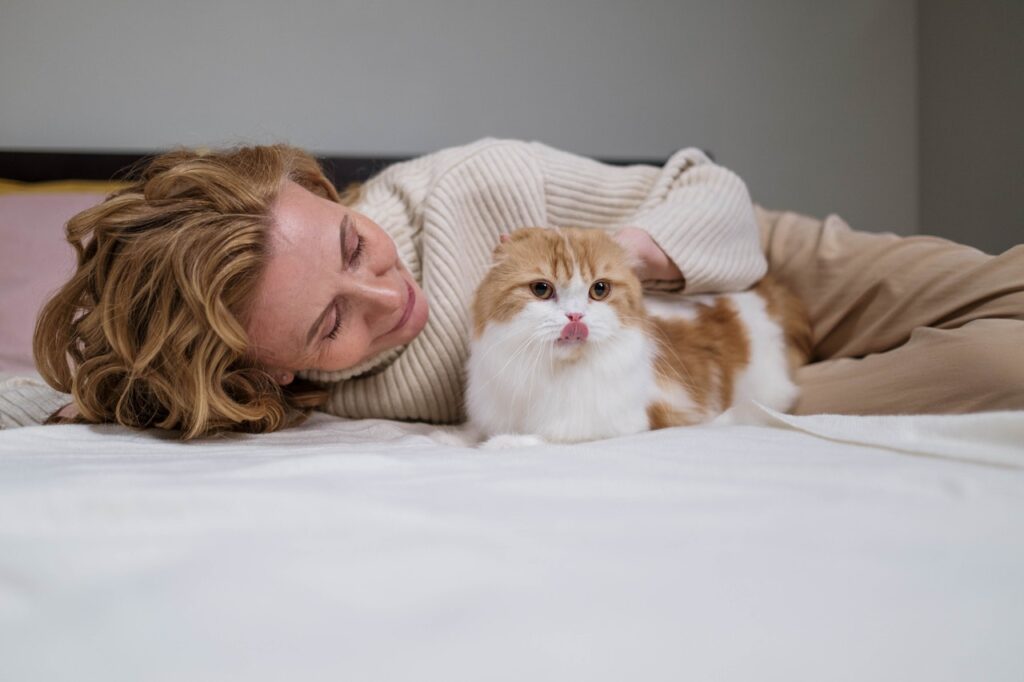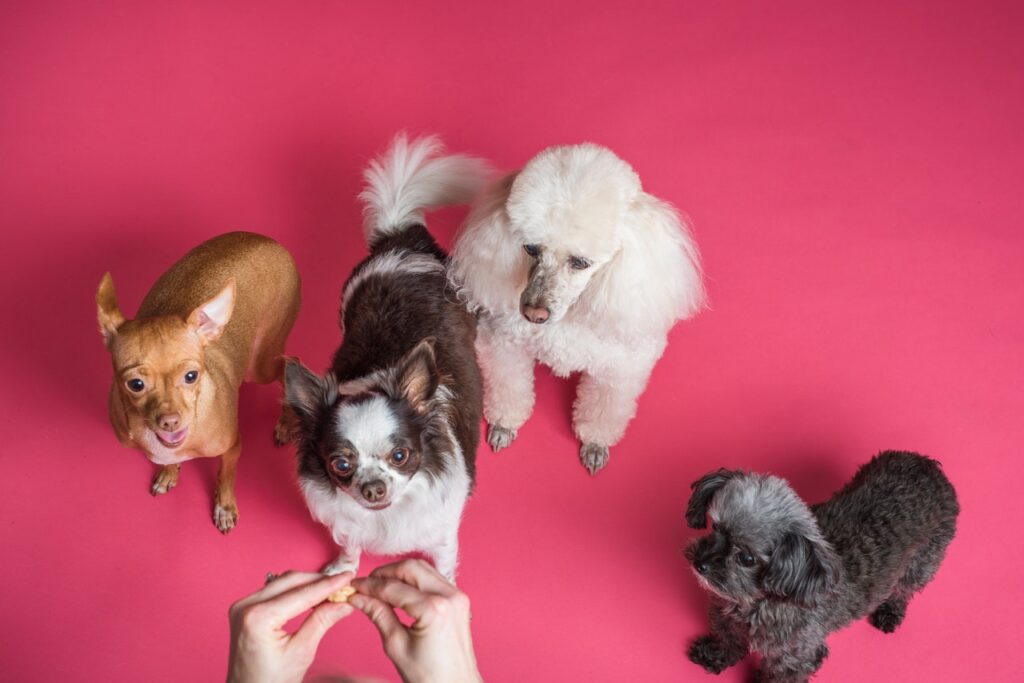Moving home or even country? Taking the family dog or the friendly feline? We investigate the ways you can help calm your pet during a moving situation. PLUS: top tips to transition your pet into their new environment.

Moving house can be a very stressful situation for everyone involved. For our beloved pets it can be even more traumatic. Remembering that our pets are very territorial, particularly for cats. A change in home can signal a change in many things including all the familiar scents and sounds that allow our pets to feel safe.
So how can we best help our pets keep calm and stay calm during a move?
Moving with Cats

Cats are highly territorial animals and are constantly rubbing and bumping to lay their scent around the home. This type of behaviour allows your cat to feel secure in their environment. For some cats, a stressful situation or a feeling of unease can evoke unwanted behaviours such as marking with urine, or not using the litter box. Understanding that if your cat is exhibiting any of these behaviours after a move, it’s a good idea to get a check-up at your local vet. Experts advise that behavioural problems in cats can be solved if the problem is addressed quickly. Hoping that the problem will dissolve on its own could lead to additional issues that can be very difficult to break. Particularly when it comes to urine spraying – more common with male cats – seeking help quickly once you notice the issue can help you prevent this from becoming a rather smelly and annoying problem with your beloved feline.
Before you move, it’s a good idea to get your cat used to their travel crate. This is vital if you are moving overseas as you may have to purchase or rent a whole new crate. Feeding them daily in this crate and ensuring that your cat views this area as a ‘fun zone’ can help when it’s time to travel. Consider feeding treats and meals inside the crate and offering a lovely soft bed or blanket.
TOP TIP: If your cat does not like the travel crate consider removing the top and slowly introducing them to this new enclosure. Pop their food close by and gradually move it daily until your cat is happy to eat inside the crate. After a while, and at your cats own pace, you can slowly pop the lid back on.
Cats thrive on scent, so it’s important that you do not wash all your cat’s toys, blankets, and essentials before you move home. These will be filled with all those lovely familiar scents that make them feel at home. If you are moving overseas and your pet will be travelling alone for a long period of time, consider sleeping with an old towel or blanket for a few weeks so that they have something that also smells like you close by. This will provide your pet with extra comfort while they are in transit.

When you arrive at your new home quickly set up a safe room for your cat. Pop all their essentials – think litter box and food – in this area. Plus, all of their favourite items such as cat scratchers and toys. When your cat arrives, keep the door shut and allow them to explore their new room. You may find they retreat into their travel crate for safety until they feel 100% comfortable. If using a bedroom, having as much of your items around as possible can also help – again we are thinking smells and scents. You can also erect easy hidey holes in this space – cardboard boxes with blankets partially covering them works very well. Many pheromone sprays also can help you cat adjust and make them feel at ease.
However, it is important to note that if your cat is not adjusting well, veterinary advice is paramount to prevent any future problems. Cats should be kept indoors for at least a week in their new home.
Moving with Dogs

When it comes to our canine companions, moving can be a little easier than with cats. As they are pack animals they will be looking towards their ‘pack’ for comfort – AKA you. It’s a good idea to brush up on any training or abolish any behavioural problems (such as problematic barking) before you head off to your new home.
If your dog is travelling international or interstate, you will also need to have your dog adjusted to spending time in a crate. This can be important when it comes to larger dogs that primarily travel in the back of cars and not in crates. Again, like with cats, start slowly attempting to feed your pet inside the crate. Make this place as fun and as comfortable as possible so you pet does not fear being inside. Always keep the door open. If your dog is reluctant to go inside, consider taking the lid off and slowly introducing this as your pet becomes more comfortable eating and spending time inside.
When you arrive at your new home it is a good idea to check fences and ensure your dog is secure in their new home. Popping your dog in a secure room while you unpack is best. Making sure this space is warm and comfortable with plenty of your smells around can also assist your dog in the transition to their new home. Don’t forget to check on them regularly and pop a note on the door to alert people that they are inside cannot be let out.

TOP TIP – don’t forget to update your registration and microchip details with your new address.
With a little understanding and preparation, you can easily get your beloved family pet accustomed to a move. If your dog or cat is exhibiting any strange behaviour after a move it’s always best to call in the experts and ask for some help.
